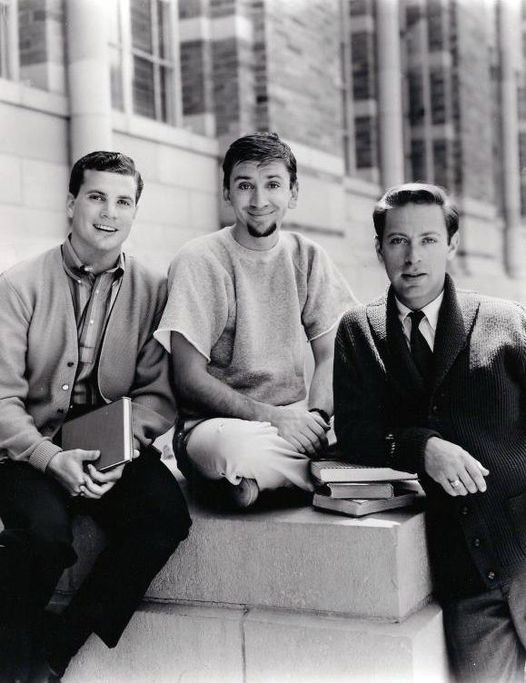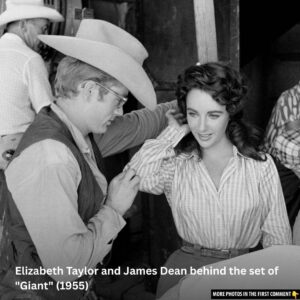The Many Loves of Dobie Gillis is a classic sitcom that transcends its genre with profound artistic depth and narrative significance. This article delves into the show’s unique storytelling techniques, cultural impact, and character development, offering a nostalgic journey through its timeless themes and enduring appeal. Rediscover the charm and complexity of this iconic series.
The Premise of The Many Loves of Dobie Gillis
Airing from 1959 to 1963, The Many Loves of Dobie Gillis was created by Max Shulman and is based on his collection of short stories. The show follows the life of Dobie Gillis, a teenager with a penchant for falling in and out of love.

Set in the fictional Central High School and later S. Peter Pryor Junior College, the series captures the trials and tribulations of adolescence, friendship, and young love. Dobie, played by Dwayne Hickman, is a charming and somewhat naïve protagonist whose romantic escapades drive the show’s narrative.

Dobie’s character is relatable to many viewers, as he represents the universal experience of youthful infatuation and the often humorous quest for true love. Each episode typically revolves around Dobie’s latest romantic interest and his often misguided attempts to win her affection. The show’s setting in the vibrant and dynamic environment of high school and college provides a rich backdrop for exploring the challenges and triumphs of adolescence.
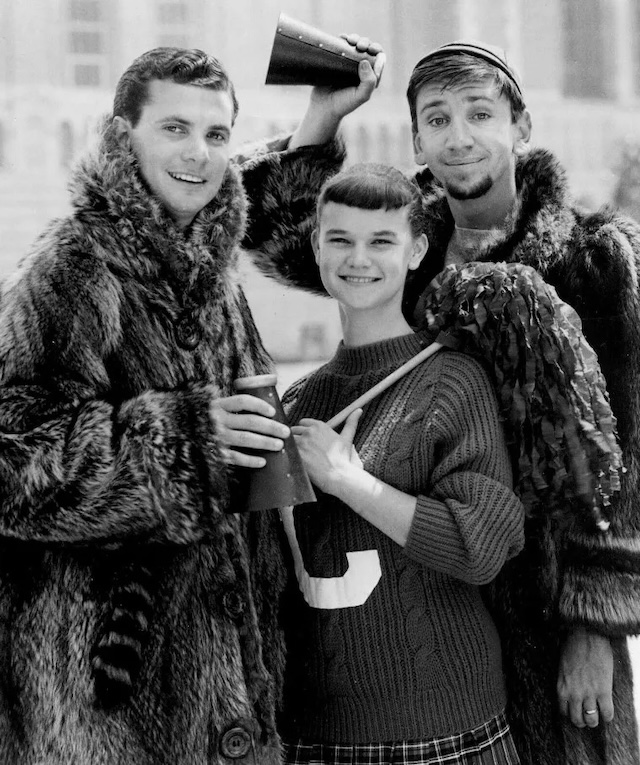
Artistic Depth in Storytelling
One of the standout features of The Many Loves of Dobie Gillis is its artistic depth in storytelling. Unlike many sitcoms of its time, the show often broke the fourth wall, with Dobie directly addressing the audience to share his thoughts and feelings. This narrative technique created a unique connection between the character and the viewers, allowing for a more intimate exploration of Dobie’s inner world.
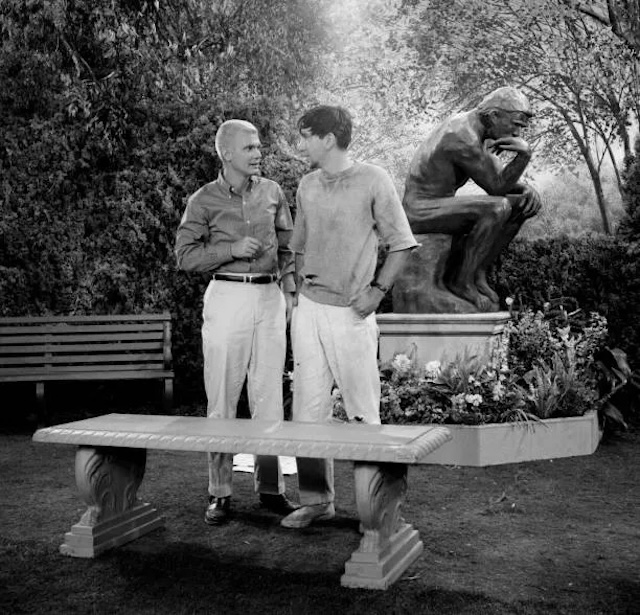
The series also employed a variety of visual and literary devices to enhance its storytelling. From dream sequences and flashbacks to satirical commentary on societal norms, The Many Loves of Dobie Gillis pushed the boundaries of conventional sitcom storytelling. The show’s willingness to experiment with form and content set it apart from its contemporaries and contributed to its lasting appeal.
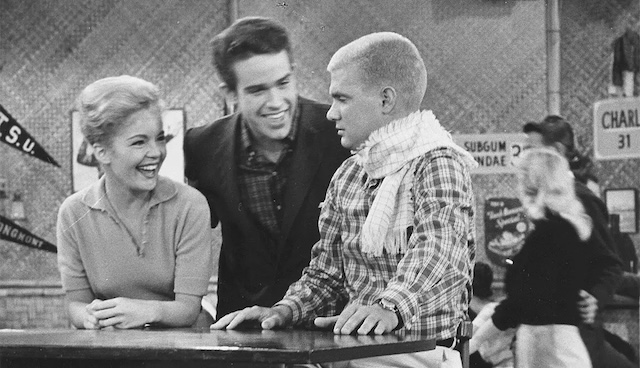
For instance, the show often used surreal and fantastical elements to illustrate Dobie’s inner thoughts and emotions. These creative storytelling techniques added layers of depth to the narrative, making the series not just a comedy but also a thoughtful exploration of the human condition. The show’s clever use of satire and parody allowed it to comment on the social and cultural issues of its time, providing viewers with both entertainment and insight.
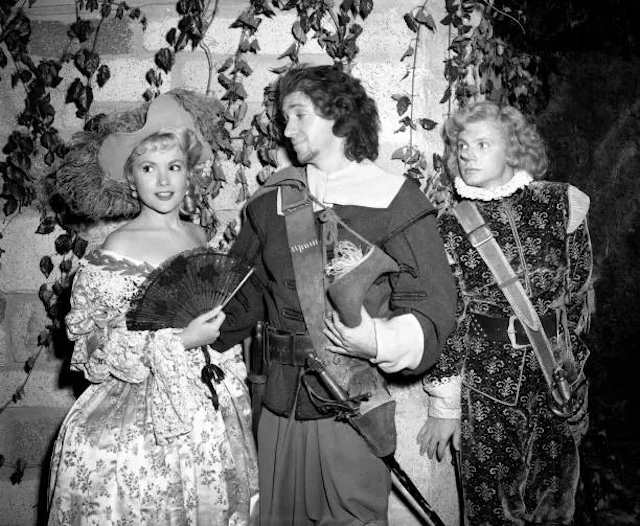
Narrative Value and Cultural Impact
“The Many Loves of Dobie Gillis” holds significant narrative value and cultural impact. The series provided a candid and often humorous look at the teenage experience, addressing themes such as love, ambition, and identity. Its portrayal of adolescence was both relatable and aspirational, resonating with viewers who saw themselves in Dobie and his friends.

The show’s cultural impact extended beyond its narrative content. The Many Loves of Dobie Gillis introduced audiences to a diverse cast of characters, each with their own distinct personalities and backgrounds. This diversity was a reflection of the changing social landscape of the 1960s, and the series played a role in shaping the cultural conversation around youth and identity.
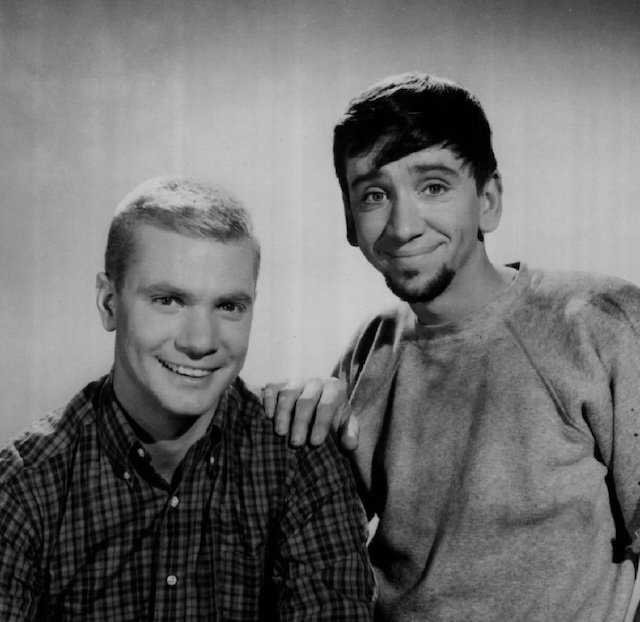
The show’s influence can be seen in later television series that explored similar themes of adolescence and young adulthood. “The Many Loves of Dobie Gillis” paved the way for shows like “Happy Days” and “Freaks and Geeks,” which also focused on the trials and tribulations of growing up. The series’ honest and humorous portrayal of teenage life continues to resonate with audiences, making it a timeless classic.
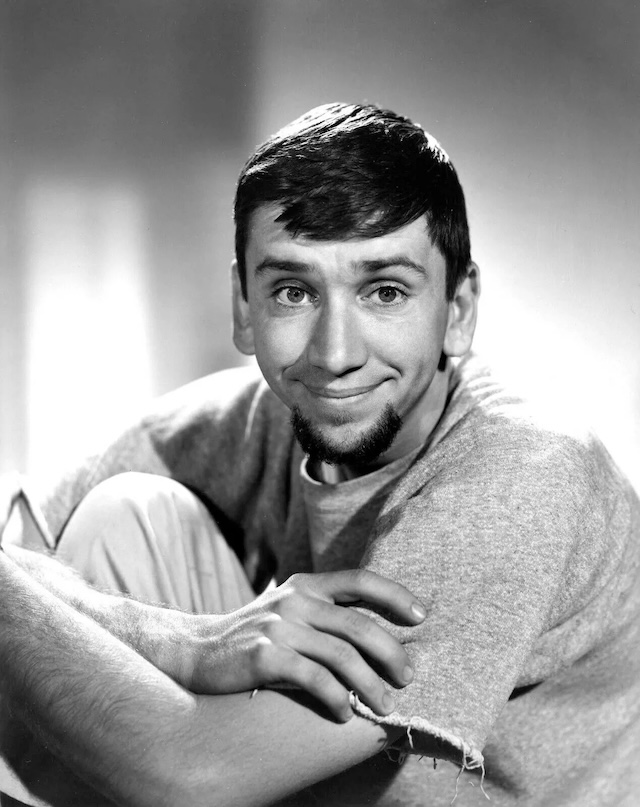
Character Development and Relationships
Character development and relationships were central to the narrative of The Many Loves of Dobie Gillis. The show’s ensemble cast brought to life a range of memorable characters, each contributing to the series’ rich tapestry of storytelling.
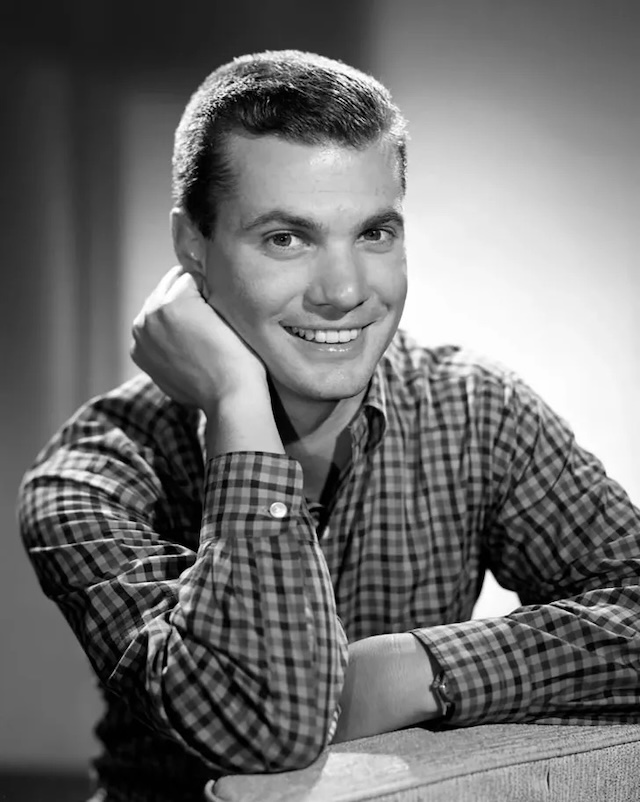
Dobie Gillis, the titular character, was the heart and soul of the series. His romantic pursuits and personal growth were the driving forces behind the show’s plot. Dobie’s best friend, Maynard G. Krebs, played by Bob Denver, provided comic relief with his beatnik persona and aversion to work. Maynard’s quirky antics and loyal friendship added depth to the show’s exploration of camaraderie and individuality.
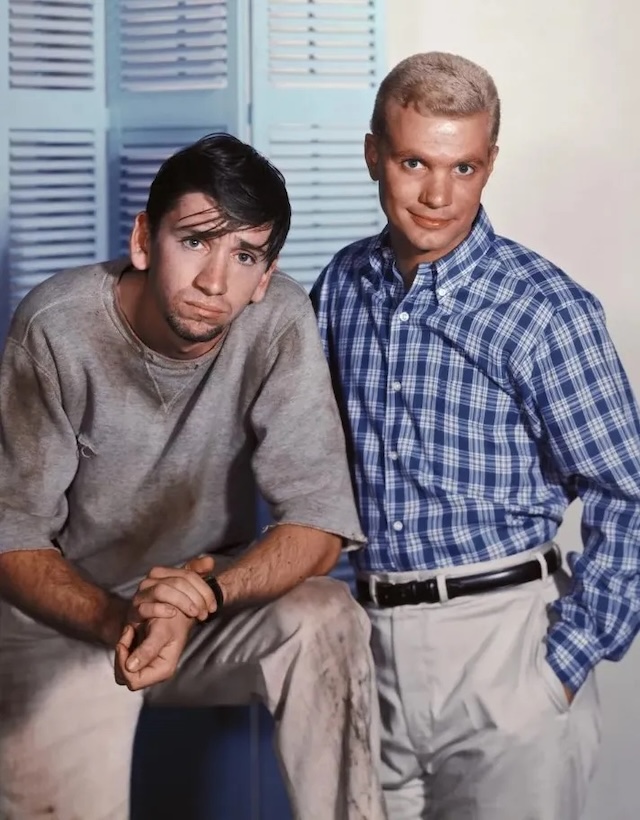
Maynard’s character was a departure from the typical portrayals of teenagers on television at the time. His unconventional lifestyle and disdain for traditional societal norms made him a unique and beloved character. Maynard’s relationship with Dobie highlighted the importance of friendship and loyalty, providing a counterbalance to Dobie’s romantic escapades.
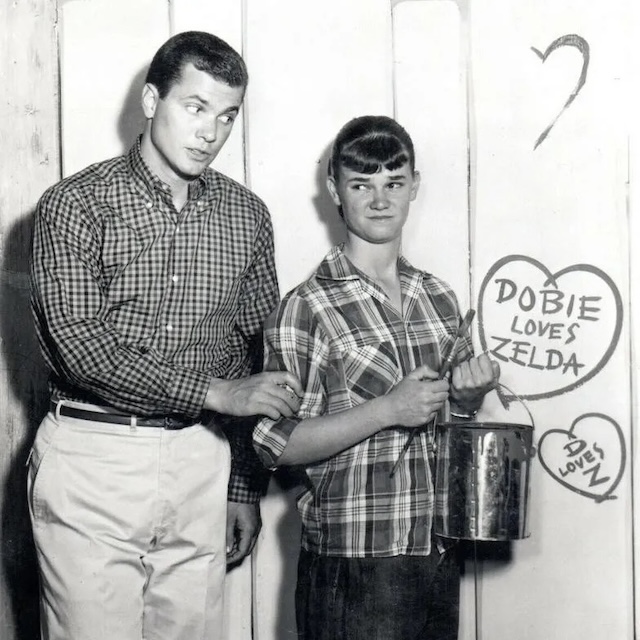
Other notable characters included Thalia Menninger, Dobie’s first love interest, played by Tuesday Weld, and Zelda Gilroy, portrayed by Sheila Kuehl, who harbored an unrequited love for Dobie. Thalia was the epitome of the unattainable dream girl, while Zelda’s intelligent and determined nature made her a standout character. The dynamics between these characters and their interactions with Dobie created a rich tapestry of relationships that added emotional depth to the series.
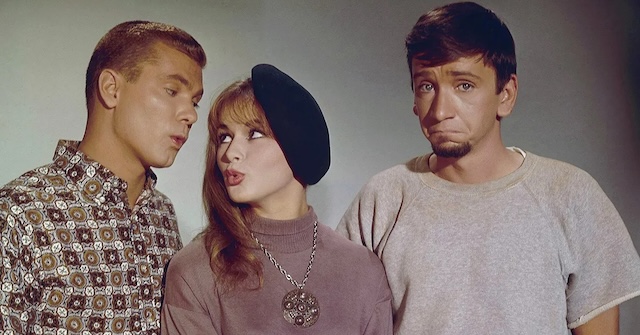
The show’s portrayal of these relationships was both humorous and heartfelt, capturing the complexities of love and friendship. The characters’ growth and development over the course of the series provided viewers with a sense of continuity and investment in their stories.
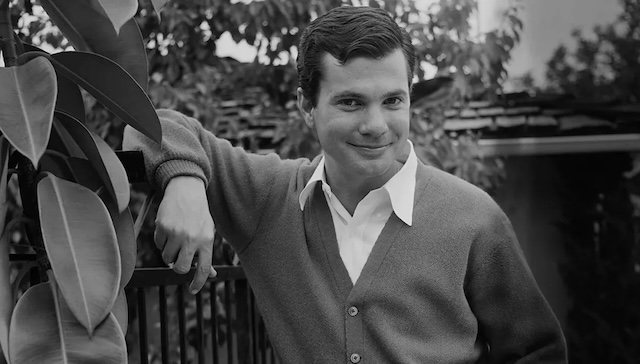
Scroll down for more photos:
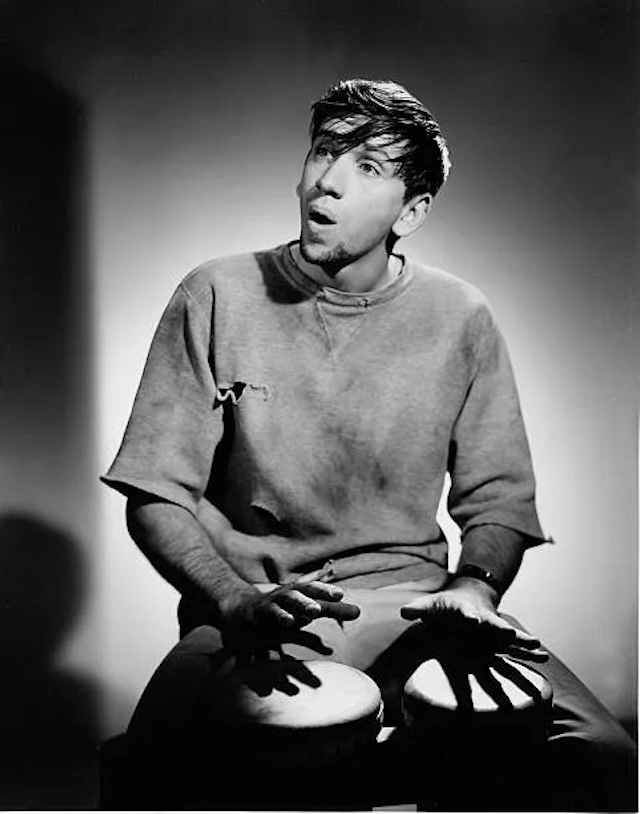

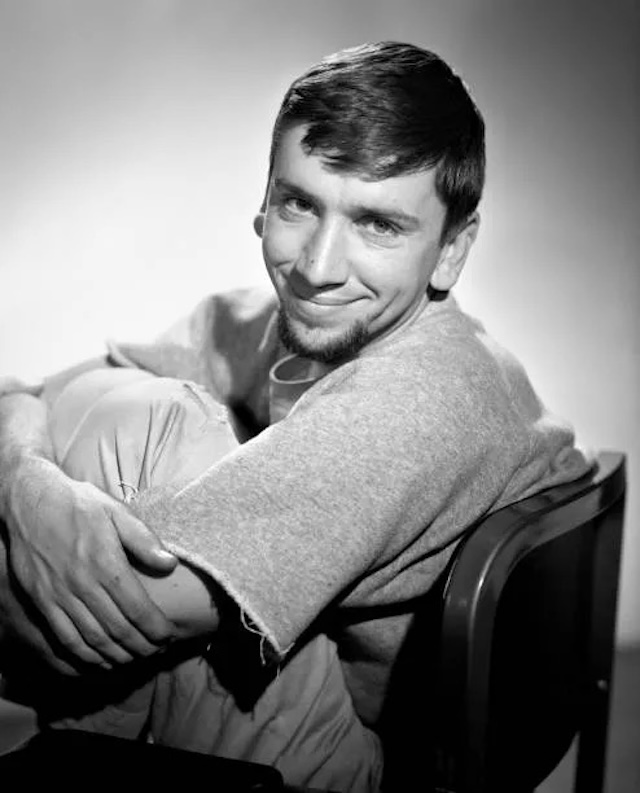

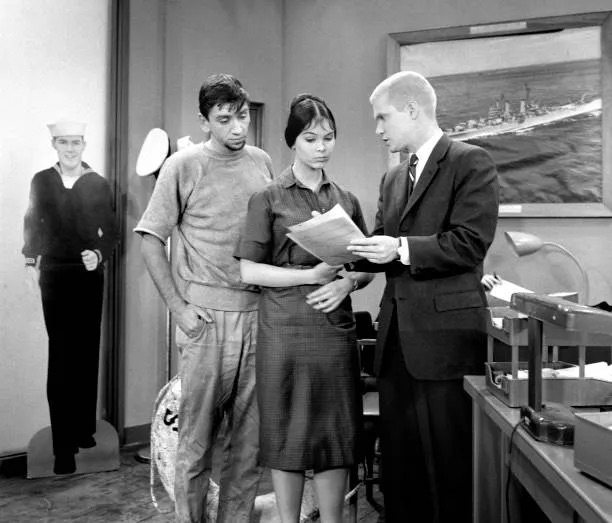
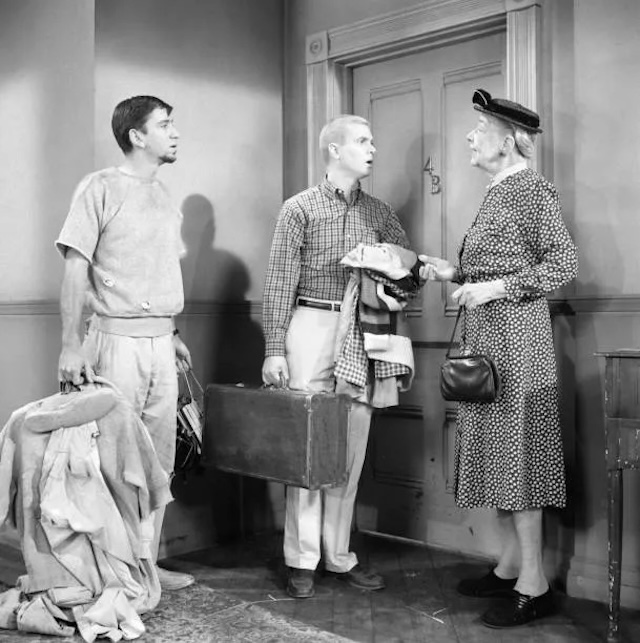


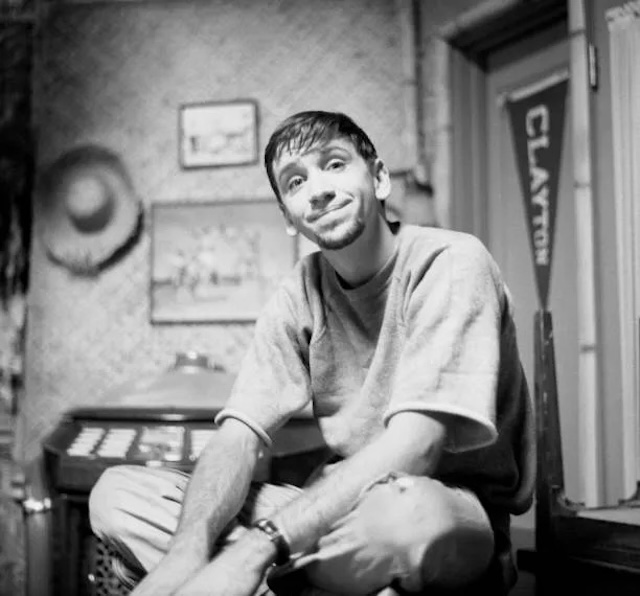

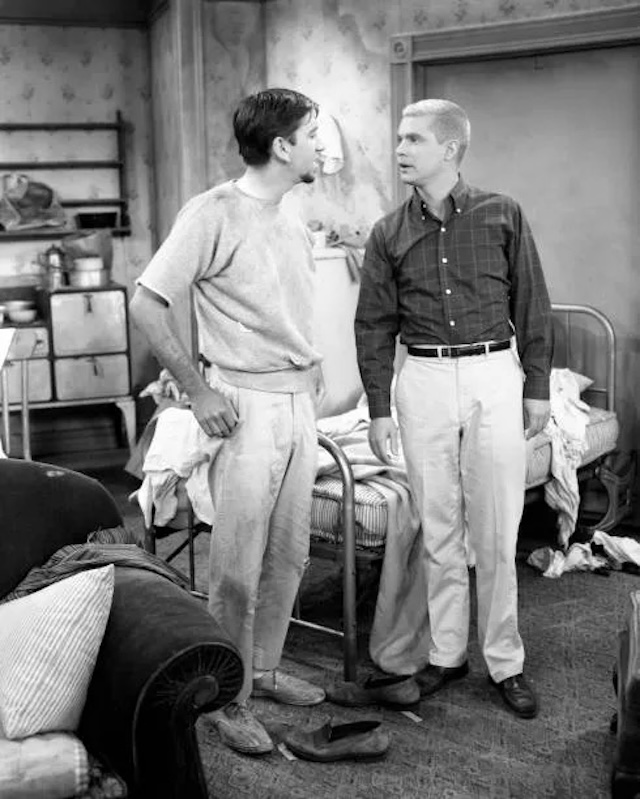
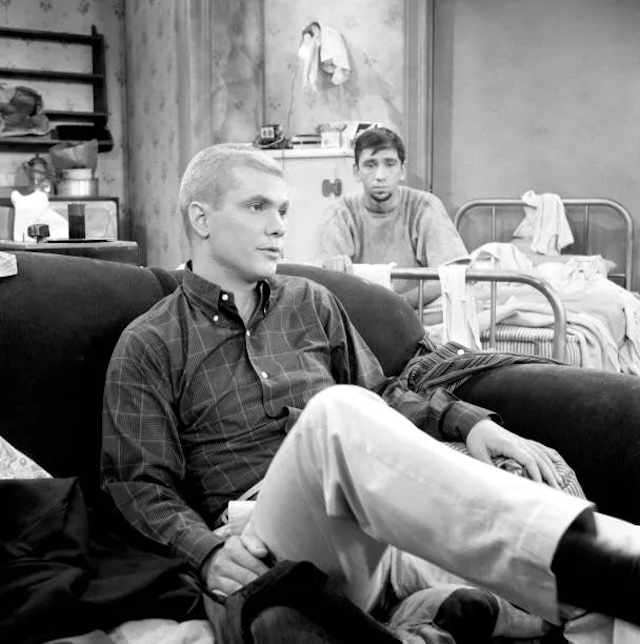
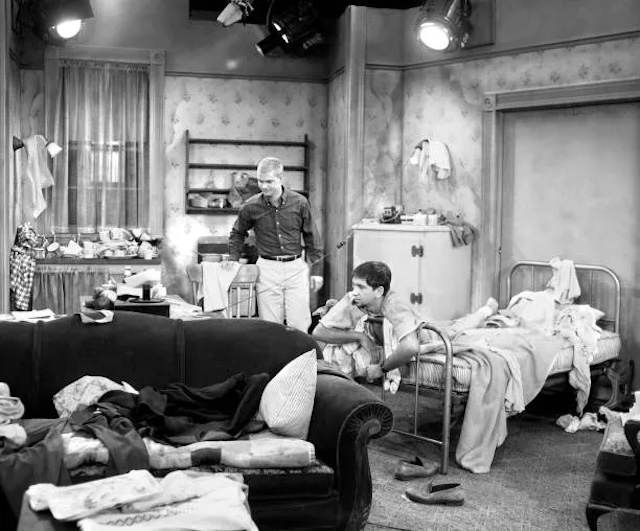
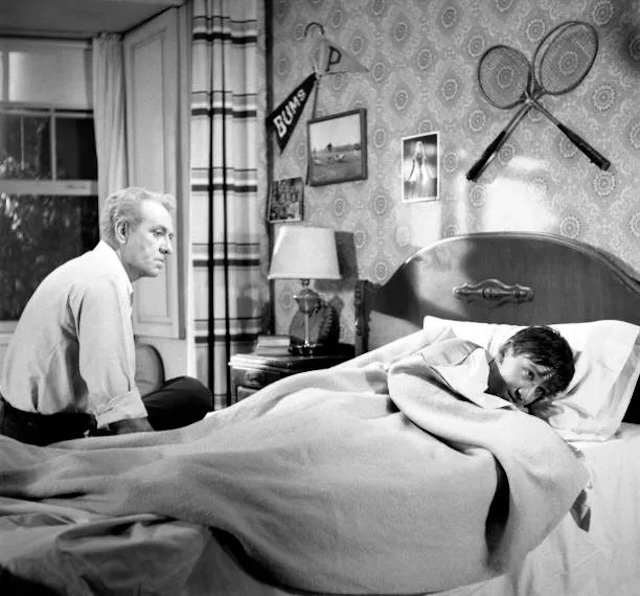

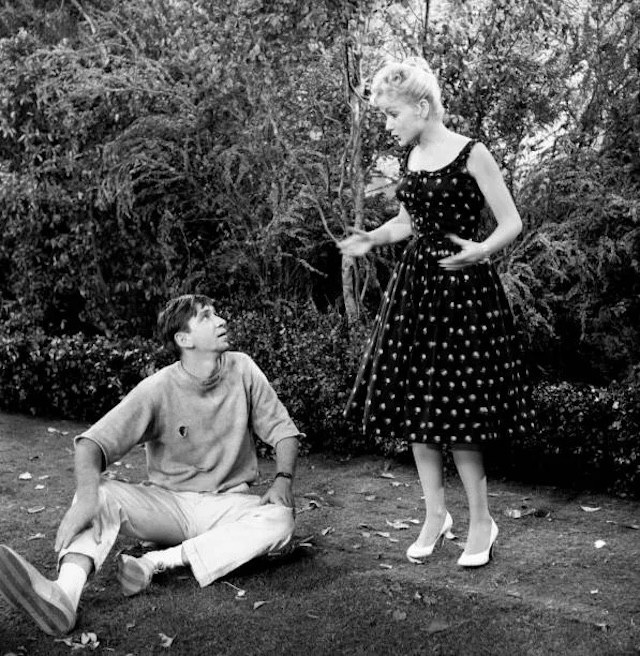
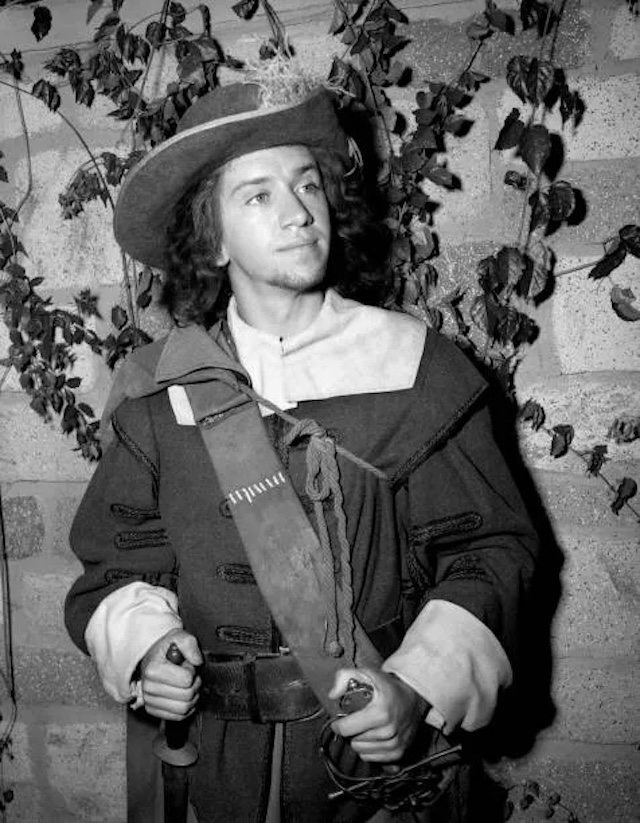


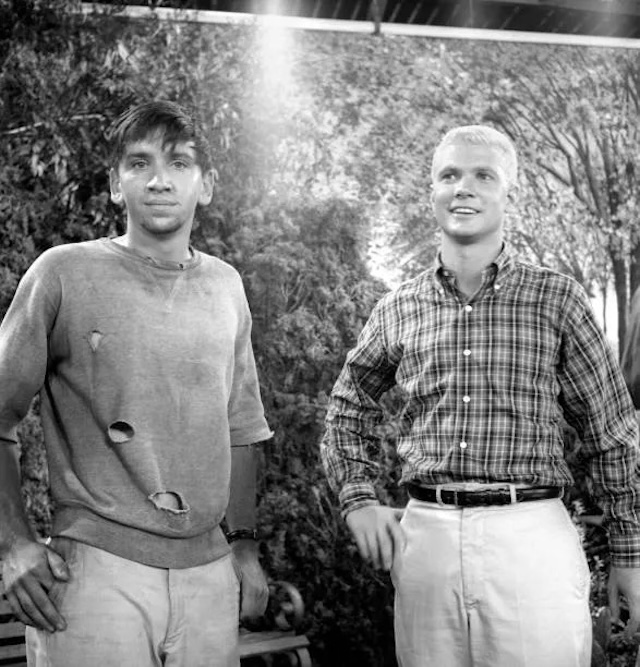
The Many Loves of Dobie Gillis is more than just a sitcom; it is a cultural artifact that offers profound artistic depth and narrative value. The show’s innovative storytelling techniques, exploration of the teenage experience, and diverse cast of characters have left an indelible mark on television history. As we look back on this iconic
